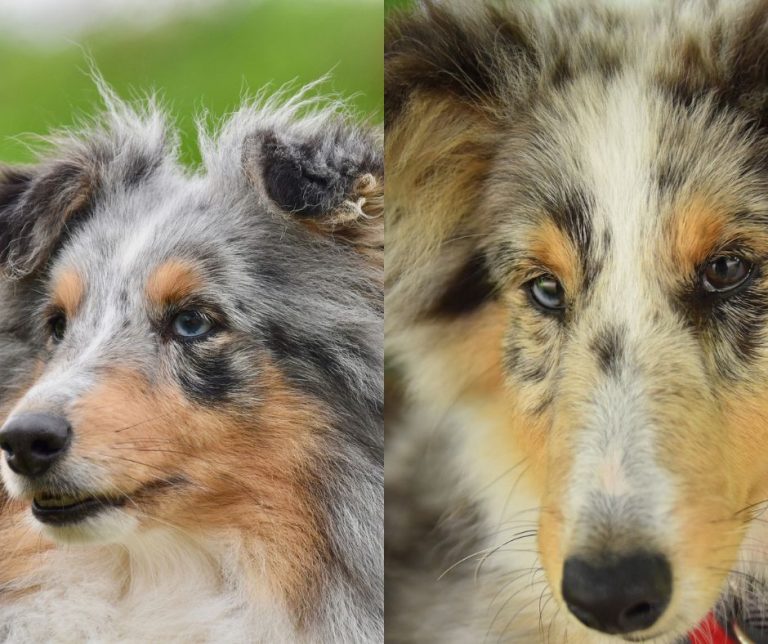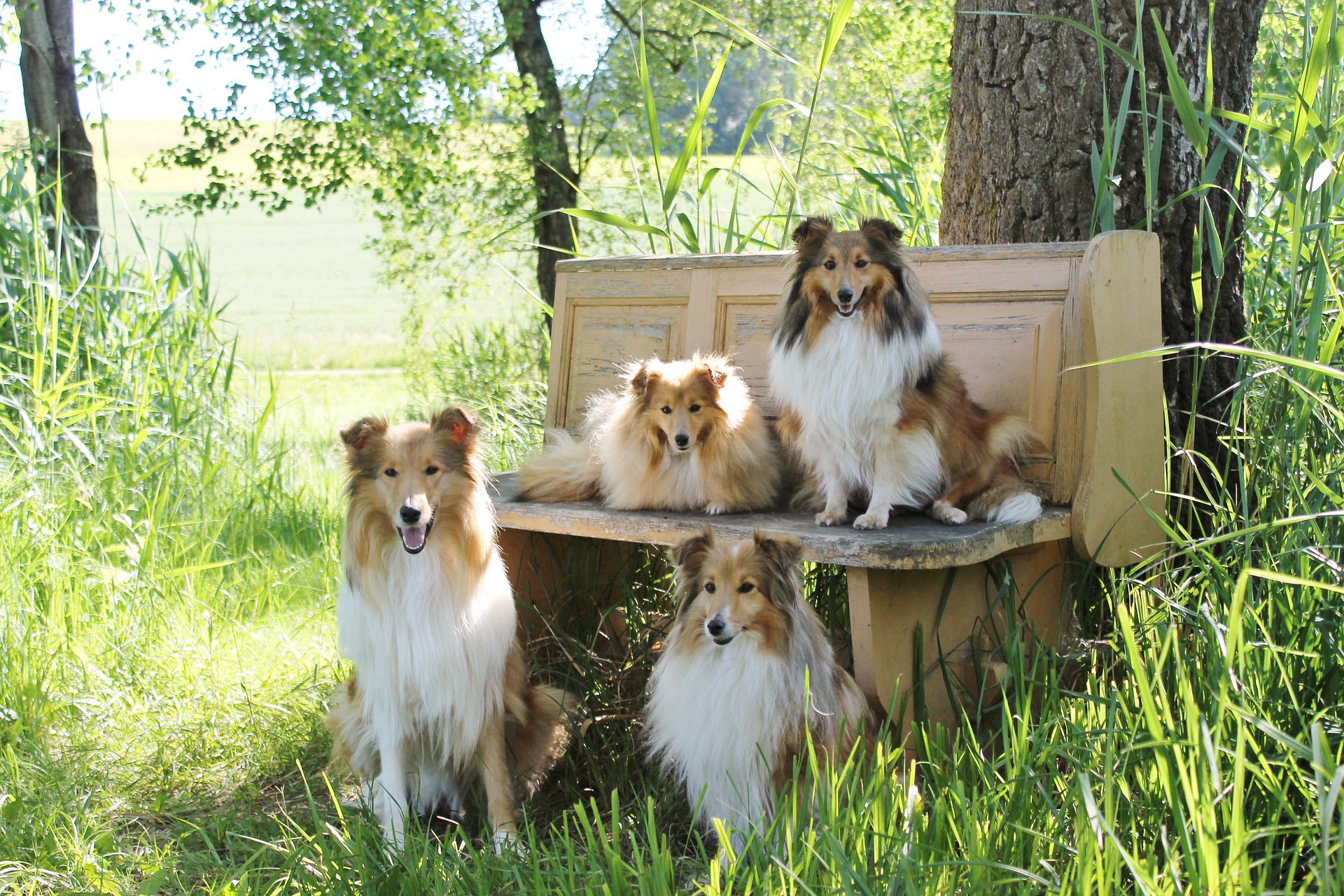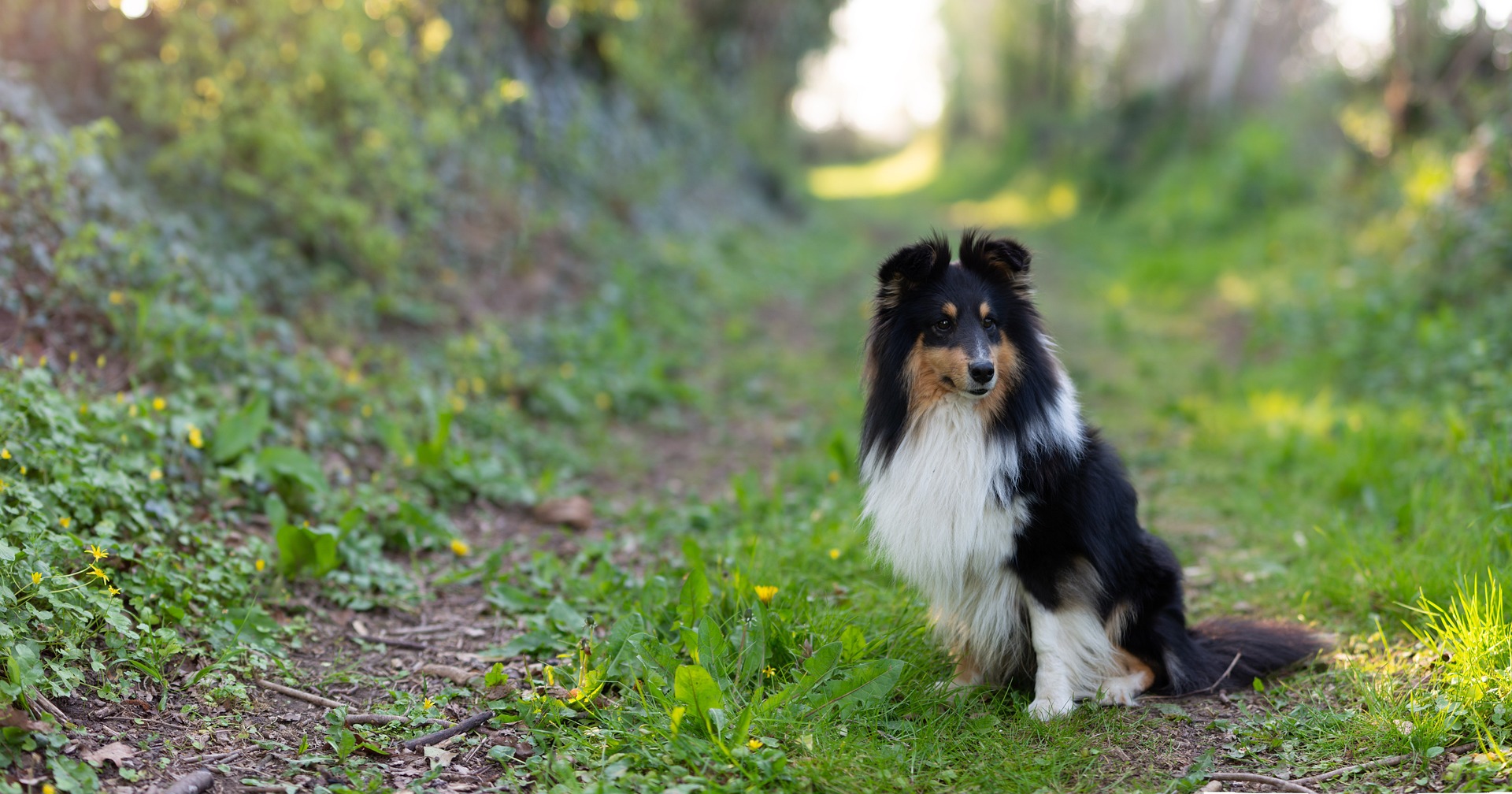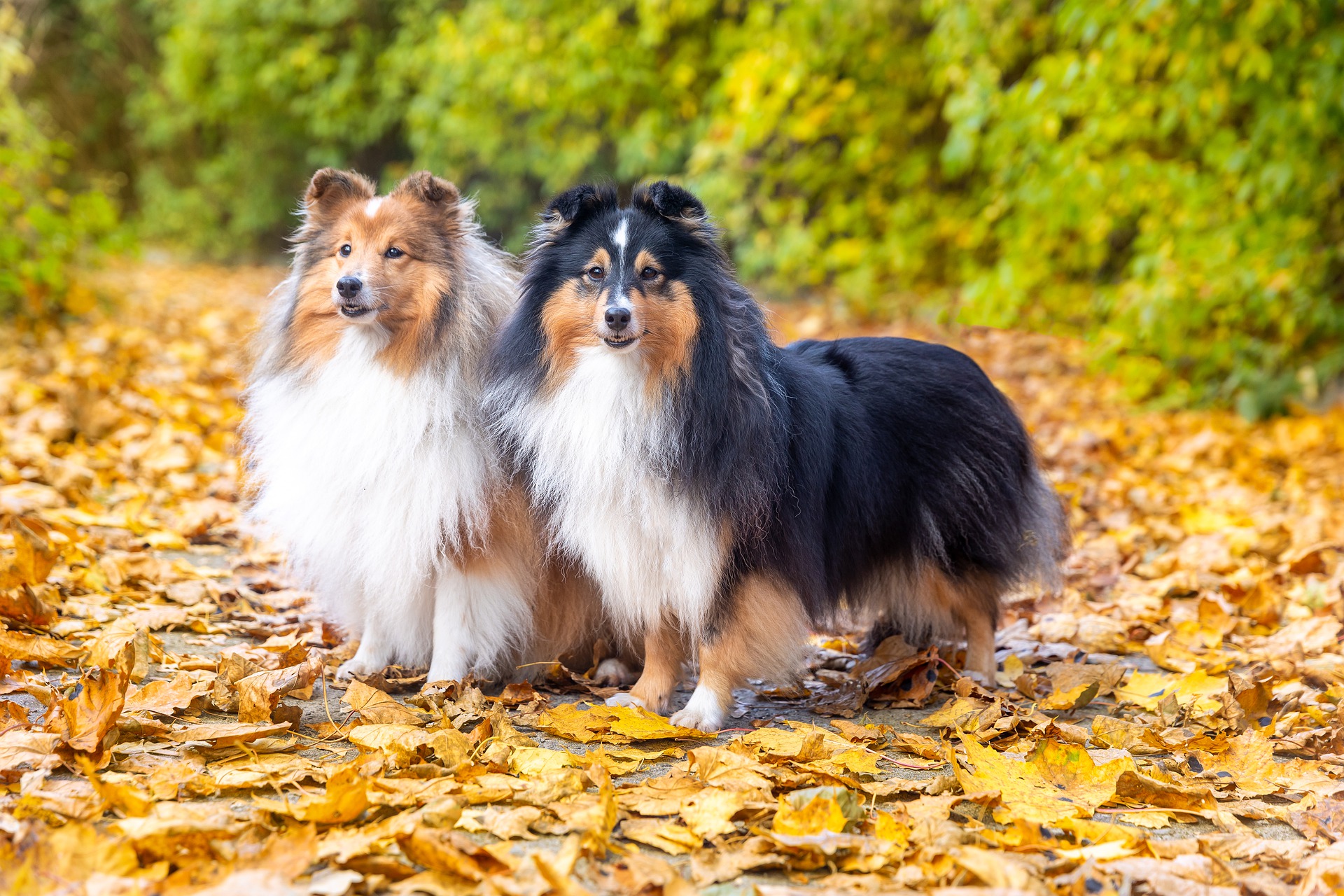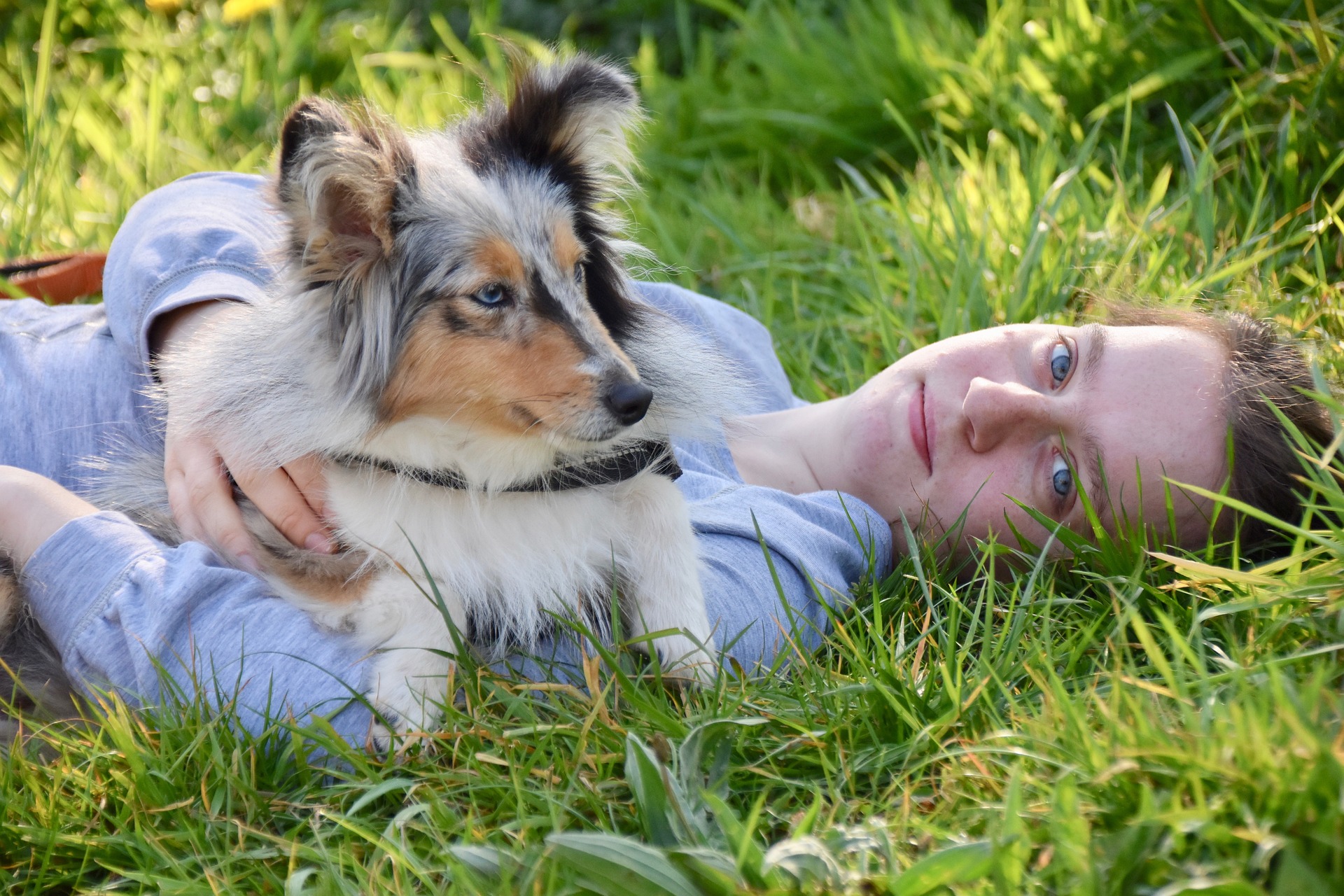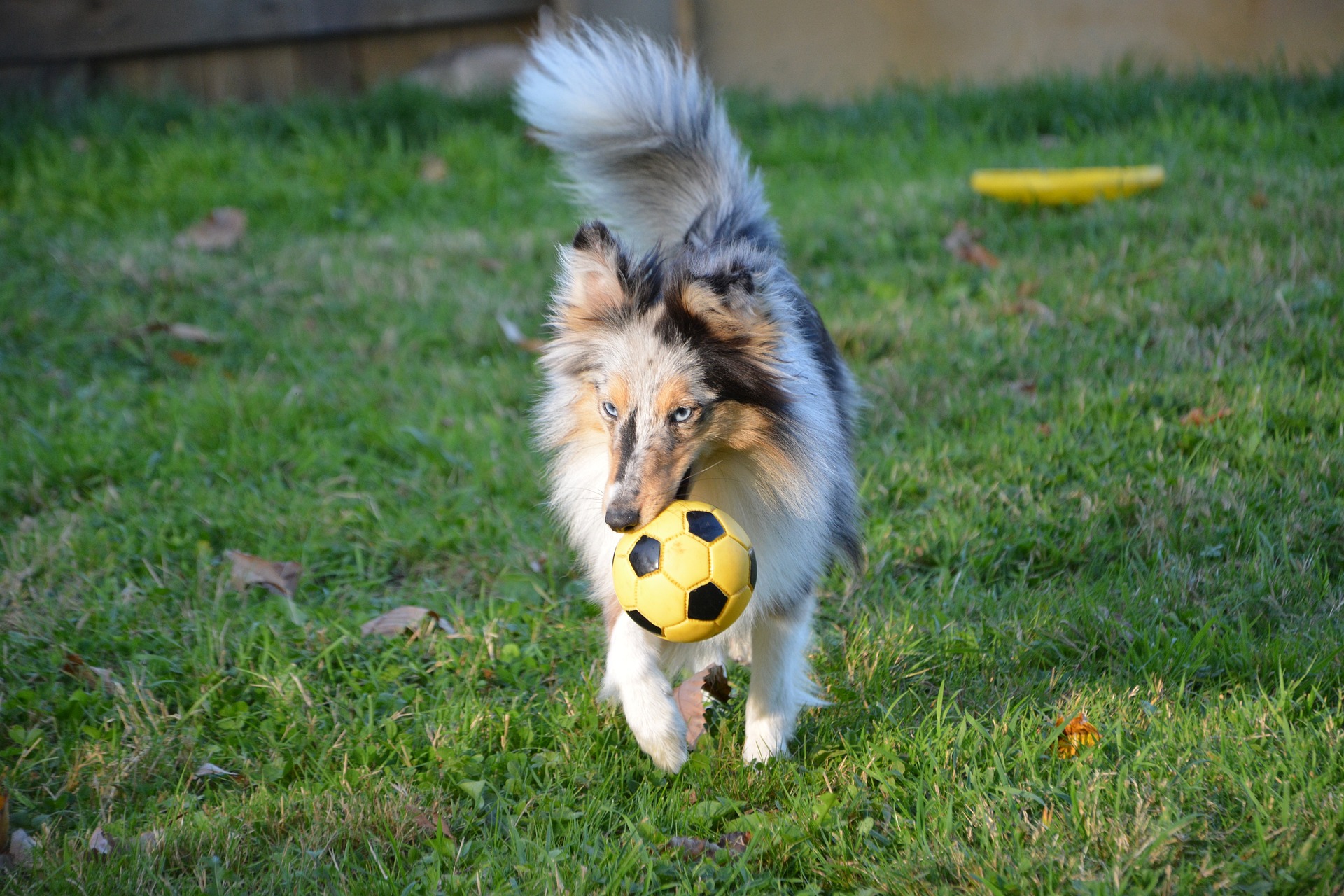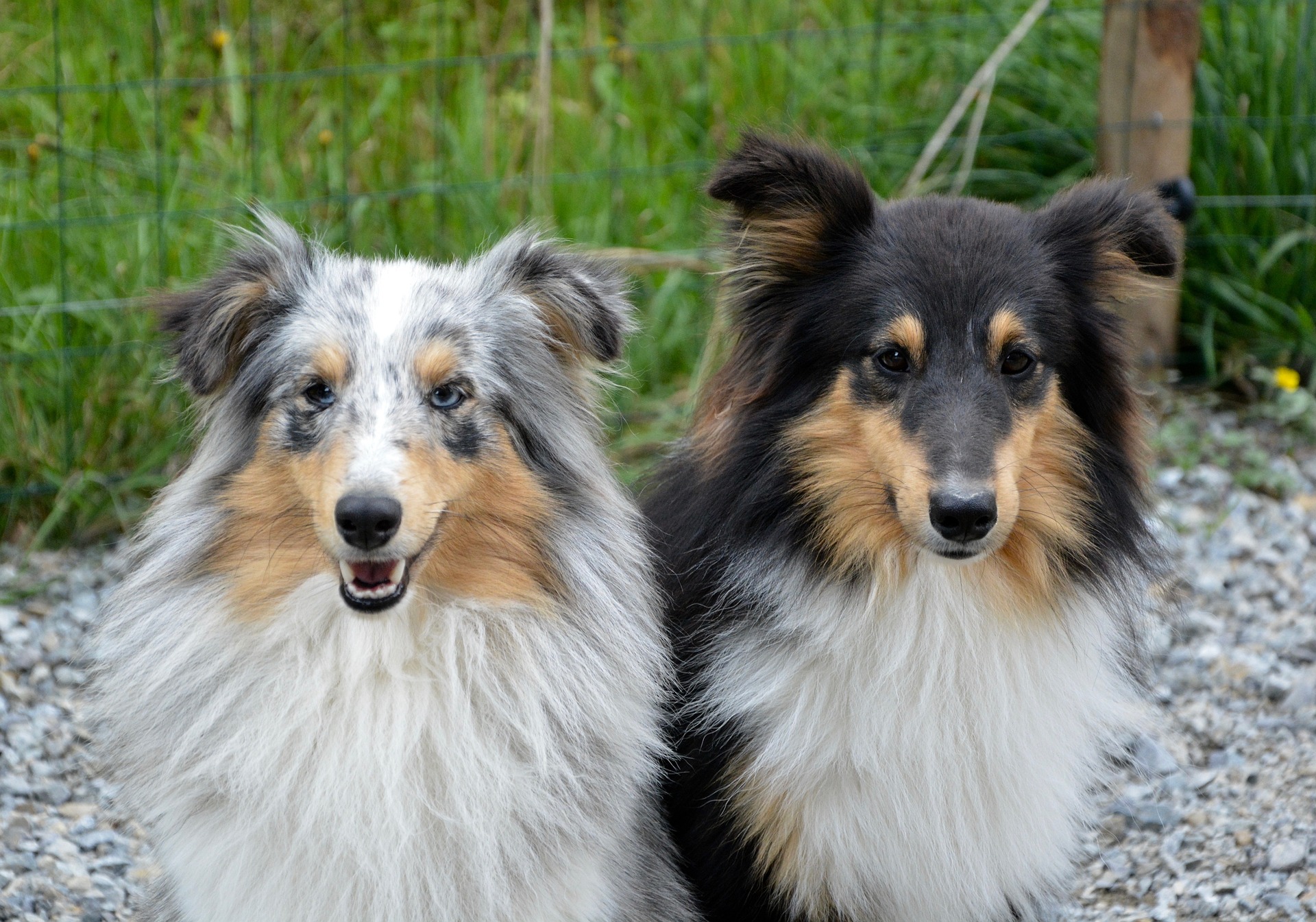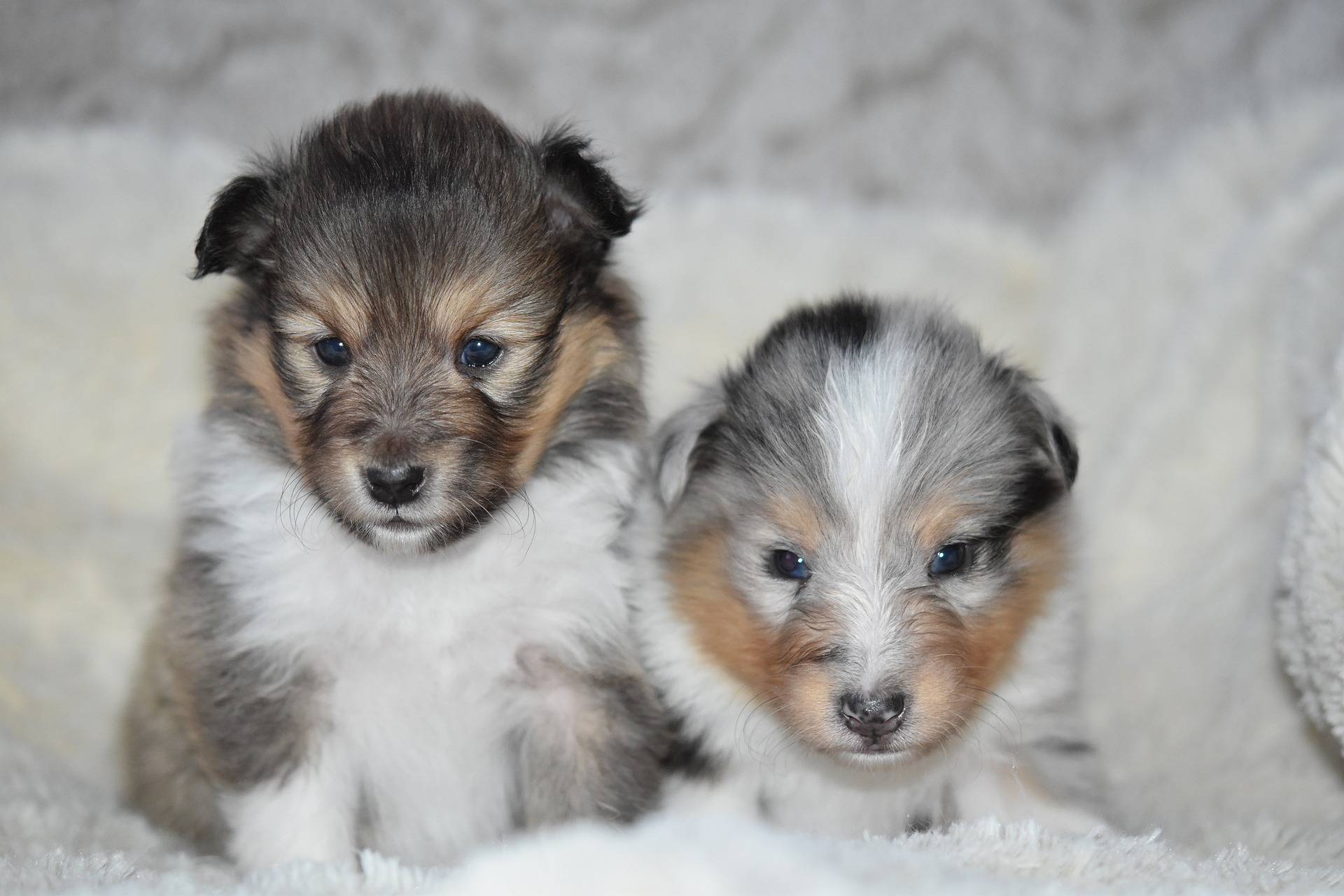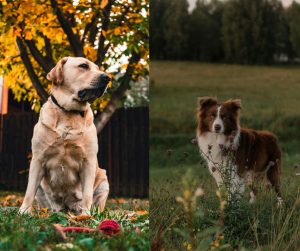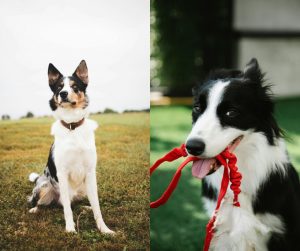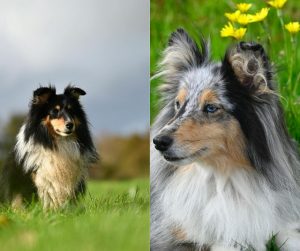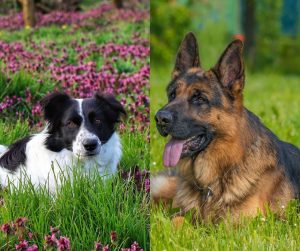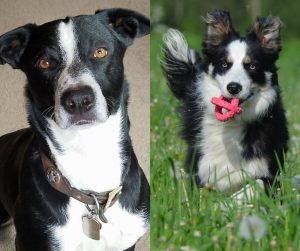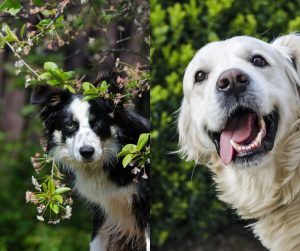When considering a fuzzy companion to add to the family, deciphering dog breeds can be akin to understanding a foreign language. Take the Sheltie and the Shetland Sheepdog, for instance—two names that often lead to head-scratching. Are they two distinct breeds or just one?
To shed some light, the term “Sheltie” is actually an affectionate nickname for the Shetland Sheepdog. This breed has deep roots in the Shetland Islands of Scotland.
Historically bred to herd sheep on the rugged terrain of their namesake islands, Shetland Sheepdogs closely resemble their larger cousin, the Rough Collie. However, size is a distinguishing factor—Shelties are significantly smaller. Yet what they lack in stature, they make up for in spirit and intelligence.
With a thick, double-layered coat and a full mane, these dogs carry themselves with a grace that belies their sturdy work ethic. Their affectionate nature also makes them excellent family pets.
Let’s talk about Sheltie vs Shetland Sheepdog dog breed comparison. Are they are a different breed? Or is it a different name used for the same breed?
Key Takeaways
- Shelties and Shetland Sheepdogs are the same breed, with “Sheltie” being a nickname
- Originating from the Shetland Islands, these dogs are historically herders and share similarities with Rough Collies
- The breed is known for intelligence, a luxurious coat, a friendly demeanor, and a manageable size for families
History and Origin
As captivating as their expressive gaze, Shetland Sheepdogs, often called Shelties, possess a rich history that starts amidst the cool breezes and green hills of the Shetland Islands.
These dogs were sharpened by Scotland’s raw landscape, famously partnering with their human companions in herding tasks, evolving into the intelligent and hardworking breed that’s recognized and cherished today.
Development in the Shetland Islands
The Shetland Islands of Scotland nurtured the distinct lineage of the Shetland Sheep dog. They were bred primarily for herding sheep, poultry, and ponies on these rugged, remote northern islands.
Early Shelties were smaller, rugged dogs, equipped for the harsh climatic conditions and scarcity of food. Local herding dogs and imported breeds such as the Rough Collie, Border Collie, and Scottish Collie mingled to produce this capable breed. Many referred to the Sheltie as a miniature collie, although this is a term more endearing than precise.
Recognition by Breed Clubs
The first breed clubs for the Shetland Sheepdog formed in the early 20th century. The Kennel Club of England officially recognized the breed in 1909.
Initially called the Shetland Collie, this title stirred controversy amongst Rough Collie breeders. Consequently, pressure led to renaming the breed to Shetland Sheepdog.
Across the Atlantic, the American Kennel Club granted recognition to the breed in 1911, further solidifying the Sheltie’s standing in the canine community. Through these formal recognitions, the Sheltie’s presence expanded beyond the Scottish confines, captivating hearts worldwide.
Physical Characteristics
When they’re considering a furry companion, many people find themselves charmed by the Sheltie’s striking appearance. This section reveals the distinct physical traits of the Sheltie, helping readers understand what sets this breed apart in terms of size, coat, and adherence to breed standards.
Size and Weight
Shelties are small to medium-sized dogs. An adult Sheltie typically weighs between 14 and 27 pounds, striking a balance between delicacy and sturdiness.
In terms of height, they generally measure from 13 to 16 inches at the shoulder.
Coat and Colors
The Sheltie sports a magnificent double coat, which features a dense, soft undercoat beneath a long, straight, and harsh outer coat.
As for colors, they wear an impressive array, with shades of sable, blue merle, black and white, and tricolor patterns. Many Shelties also display tan markings, which add to their charming appearance.
Breed Standard Appearance
Adherence to the breed standard is noticeable in a well-bred Sheltie. They boast a refined and intelligent expression, carried with a proud posture.
The herding dog breed standard calls for a straight top-line and a tail that curves slightly upwards. Ears should be small and set high on the head, with the top third folding forward — a distinguishing trait that reflects their alert nature.
Behavior and Temperament
When you meet a Sheltie herding dog, you’ll quickly notice their bright eyes and alert expressions. They embody a blend of loyalty and affection, with a sharp mind that craves both engagement and companionship.
General Disposition
A Sheltie, or Shetland Sheepdog, is like a friend who is always ready for an adventure but can also be the soft-hearted listener you need at the end of the day. They are affectionate and gentle, showing a loving disposition that makes them fabulous family pets.
Their sensitivity means they pick up on their owner’s emotions easily, empathizing with your every mood.
Socialization and Family Dynamics
These dogs shine in a family setting. They have a soft spot for children, often showcasing a protective and patient nature.
Yet, their herding instincts may surface, so early socialization is key to helping them understand how to interact with kids and other pets.
They are inherently loyal, and with proper introduction to various people and situations, Shelties grow into sociable, affectionate companions.
Herding and Working Traits
Originally bred as herding dogs on the Shetland Islands, Shelties have a natural ability to herd, which is both a testament to their intelligence and their working dog lineage.
Those herding instincts are still strong today, and they can be seen in the way these dogs may try to herd children or other animals. Their alert and active nature makes them an asset in tasks that require sharpness and agility.
Training and Intelligence
When it comes to the Sheltie, also known as the Shetland Sheepdog, they’re not just adorable; they’re also sharp as tacks. Training them is usually a breeze thanks to their eager-to-please attitude and whip-smart brains. Let’s dig into what makes these pups stand out in the dog training department.
Trainability Factors
Shelties are renowned for their trainability. They rank impressively high on the obedience chart, often cited as the 6th most intelligent dog breed for obedience and working intelligence.
This breed shows a natural propensity for mental stimulation. They just love to get their thinking caps on and engage in all sorts of games that challenge their intellect.
To keep their minds sharp, owners should provide plenty of:
- Puzzle toys
- Interactive games like hide-and-seek
- Training sessions that teach new tricks or commands
Positive reinforcement is the key to a Sheltie’s heart and mind. They respond incredibly well to a kind word and a tasty treat, which makes dog training sessions not just effective, but enjoyable for both dog and owner.
Obedience and Agility
Shelties shine in obedience training and agility courses. They are agile and nimble, able to zip through obstacle courses with the grace of dancers.
This athleticism is coupled with an enthusiasm to follow commands, making this herding breed a star in agility and dog sports competitions.
To tap into this potential, owners should prioritize:
- Regular agility training sessions
- Constructive feedback and encouragement
- Creating a diverse set of obstacles to keep the Sheltie engaged
Regularity and variety keep their training fresh and exciting, helping these clever dogs to stay focused and motivated.
Not to mention, agility training is a fantastic way for Shelties to burn off some of that boundless energy they possess.
Health and Care
When considering a Shetland Sheepdog puppy, affectionately known as a Sheltie, it’s vital to understand the specific needs they have in terms of health and care. From their luxurious coats to their active energy levels, keeping them healthy and happy is a rewarding part of being a Sheltie parent.
Common Health Issues
Shelties are generally healthy, but like many purebred dogs, they have predispositions to certain health conditions.
It’s crucial to be aware of issues such as hip dysplasia, a joint problem that can cause pain and mobility issues. They can also face thyroid problems, which might affect their metabolism and overall well-being.
Regular check-ups with a vet can help catch these conditions early, ensuring that your Sheltie lives a long and healthy life.
Grooming Needs
The Sheltie’s stunning coat isn’t just for show—it requires regular maintenance. They have a double coat, with a dense undercoat and a long outer layer.
Shedding is a fact of life with these dogs, especially seasonally. To minimize loose hair and prevent matting, brushing a few times a week is a must.
During shedding seasons, you’ll want to increase it to daily grooming sessions.
Exercise and Diet
These little dynamos need plenty of physical exercise to stay healthy. They were bred for herding, so they still have that energy and intelligence that needs an outlet.
A mix of walks, playtime, and mental challenges will keep them sharp.
As for their nutrition, it’s imperative to feed them a balanced diet appropriate to their size, age, and activity level.
Overfeeding can lead to weight issues, which is something you want to avoid, especially with a breed prone to hip problems.
Adoption and Responsible Breeding
When bringing a Sheltie into your home as a beloved family companion, it’s crucial to consider the avenues of shelter adoption and sourcing from reputable breeders. Both paths require thoughtfulness and research to ensure the wellbeing of the dog and the joy of your family.
Shelter Adoption
Adopting a Shetland Sheepdog from an animal shelter can be a rewarding experience. Shelters often have mature dogs in need of a second chance and will provide guidance to make sure a Sheltie is a suitable match for your family.
When adopting, ask the shelter about:
- The dog’s history and behavior
- Any known health issues
This can help you prepare to welcome a loving new family member into your home.
Choosing a Reputable Breeder
Now that we clarified the Sheltie vs Shetland Sheepdog comparison, let’s talk about how you can get one. If you’re looking for a Sheltie puppy, determining a reputable breeder is essential. They prioritize the dogs’ health and adhere to ethical breeding standards. Here are some pointers for selecting the right breeder:
- Health Clearances: Confirm the breeder conducts appropriate genetic testing to avoid common hereditary conditions like Collie Eye Anomaly
- Living Conditions: Breeders should be transparent about where the puppies are raised. They should emphasize clean and stimulating environments
- Breeder Knowledge: They should be knowledgeable about the breed and willing to answer all your questions
Roles and Recognition
Shelties, also known as Shetland Sheepdogs, play a variety of roles beyond being cherished companions. They have been recognized for both their service and prowess in competitions, reflecting their intelligence and versatility.
Shelties in Service
Shelties have earned a reputation for being excellent therapy dogs due to their empathetic nature and loyalty. Their size makes them ideal for visiting hospitals and nursing homes where space may be limited. Shelties are also skilled herding dogs, a nod to their origins in the Shetland Islands. They are astute, agile, and excel in roles that require focus and intelligence.
Breed Clubs and Competitions
Breed clubs, such as the American Kennel Club (AKC) and The Kennel Club in the UK, provide a platform for Shelties to showcase their agility, obedience, and herding skills.
The AKC breed standard for Shelties includes a shoulder height of 13-16 inches and a weight of around 20-25 pounds, which makes them highly agile and suitable for competitive events.
These competitions not only highlight their physical abilities but also their mental sharpness and eagerness to please.

